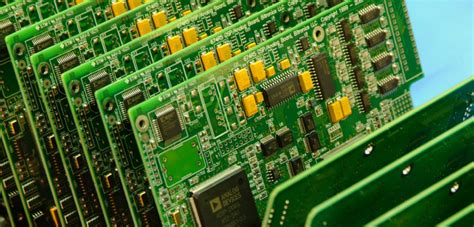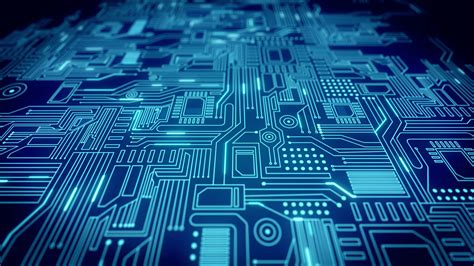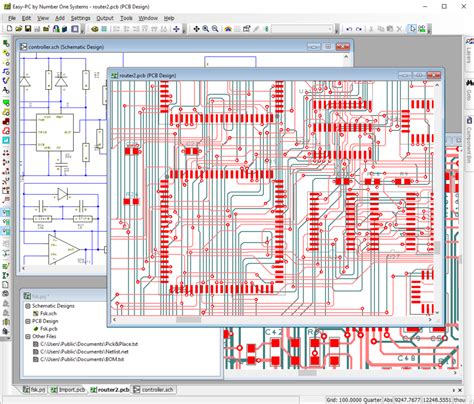Optimizing DC Controller PCB Assembly for Enhanced Performance
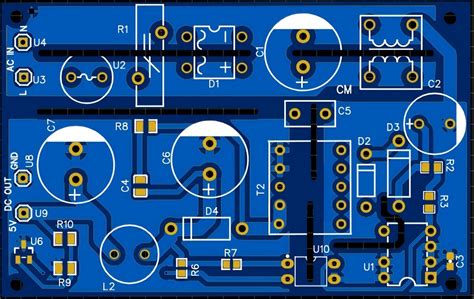
Key Takeaways
In the realm of DC controller PCB assembly, various elements contribute to achieving superior performance and reliability. One of the foremost aspects is design efficiency, which directly impacts the functionality and manufacturability of the PCBA. A well-thought-out design not only reduces material costs but also enhances thermal management, leading to a more efficient product. Moreover, careful component selection is vital; using high-quality components that are suited for specific applications can drastically improve both performance and durability.
Incorporating advanced manufacturing techniques such as automated assembly processes can also yield significant benefits. These techniques allow for a more consistent build quality, boost production speeds, and minimize errors. Additionally, employing best practices throughout the PCB assembly process ensures maximum yield and performance.
“Always prioritize reliability in both design and component sourcing to ensure long-term success.”
Regular testing and validation are essential steps that should not be overlooked, as they help detect potential issues early in the production cycle, ultimately leading to enhanced performance and reliability of the final product. By integrating these strategies into your PCBA process, you can foster a design that not only meets industry standards but paves the way for greater innovation in DC controller technologies.
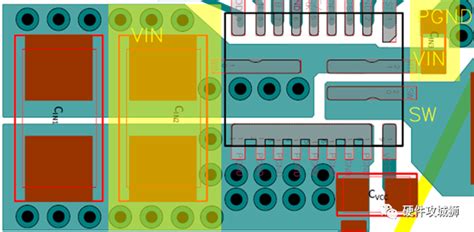
Introduction to DC Controller PCB Assembly
The effective utilization of DC controller PCB assembly (PCBA) is pivotal in modern electronics, as it directly influences the overall functionality, reliability, and efficiency of various applications. In the realm of power management, a well-assembled DC controller not only regulates voltage and current but also ensures that the system operates under optimal conditions. The integration of various components onto a single PCB allows for compactness and enhances signal integrity while reducing noise, which is essential for stable performance. Understanding the intricacies of pcb assembly processes, including layout design and component placement, can significantly impact thermal performance and electromagnetic interference (EMI) mitigation. As technology evolves, so do the methodologies involved in PCBA, emphasizing the importance of selecting high-quality components that meet specific operational demands. Staying abreast of emerging techniques in manufacturing can facilitate improvements in assembly accuracy and efficiency, ultimately leading to enhanced overall performance in DC controllers. This introduction sets the stage for exploring detailed strategies and best practices that contribute to achieving superior outcomes in DC controller PCB assembly.
Importance of Design Efficiency in PCB Assembly
Design efficiency plays a crucial role in the overall success of pcb assembly for DC controllers. An efficient design not only minimizes production costs but also enhances the performance and reliability of the final product. When designing the PCBA, engineers must consider factors such as layout optimization, size constraints, and thermal management. A well-thought-out layout can significantly reduce the length of electrical paths, thereby increasing signal integrity and minimizing electromagnetic interference. Furthermore, utilizing advanced design tools can facilitate better visualization of component placement, leading to more effective pcb assembly processes. Thoughtful selection of components guarantees that each element is suited to its function while simplifying manufacture and assembly procedures. In essence, prioritizing design efficiency translates into higher quality and reliability for DC controller assemblies, ensuring they meet performance expectations in various applications. By focusing on these aspects within pcb assembly, manufacturers can achieve greater stability and trust in their products while directly impacting the functionality and longevity of the devices they serve.
Selecting the Right Components for DC Controllers
Selecting the right components for DC controller PCB assembly (PCBA) is crucial for achieving optimal performance and reliability. Each component plays a vital role in the overall functionality of the system, and understanding their specifications, compatibility, and performance characteristics is essential.
When evaluating components, it is important to consider parameters such as voltage ratings, current capacity, thermal performance, and switching speeds. For instance, using MOSFETs instead of traditional transistors can result in lower power losses and enhanced efficiency in the DC controller circuits. Moreover, selecting capacitors with appropriate voltage ratings and low Equivalent Series Resistance (ESR) can significantly improve the stability of the power supply.
Table 1 outlines key component types alongside their respective roles in a DC controller system:
| Component Type | Role in DC Controller | Important Characteristics |
|---|---|---|
| Microcontrollers | Processing and control logic | Speed, power consumption |
| MOSFETs | Switching and amplification | On-resistance, gate charge |
| Capacitors | Energy storage and filtering | Voltage rating, ESR |
| Inductors | Smoothing pulsed power | Inductance value |
In addition to selecting high-quality components, it is equally essential to ensure that all parts are compatible with one another to maintain the integrity of the PCB assembly process. Components should follow a common specification range to avoid performance bottlenecks or electrical failures.
Thus, taking a strategic approach to component selection within your DC controller design will not only streamline the PCBA process but will also pave the way for enhanced overall system performance. By focusing on quality components that meet specific application requirements, you can establish a reliable foundation for your electronic designs.
Manufacturing Techniques for Optimal Performance
In the realm of PCB assembly, especially within the context of DC controllers, the choice of manufacturing techniques plays a pivotal role in achieving optimal performance. Employing advanced manufacturing techniques ensures that the various components are assembled with precision, which can significantly impact the efficiency and reliability of the end product. One essential technique is surface mount technology (SMT), which allows for a denser packing of components, thus optimizing space on the PCB. This method enhances performance by reducing electrical paths and improving overall signal integrity.
Another critical aspect is utilizing automated assembly processes, which minimize human error while ensuring consistent quality. Automated inspections further bolster reliability by catching potential defects early in the process. Furthermore, selecting appropriate materials for both the PCB assembly and soldering processes can influence thermal management and connectivity. By focusing on these advanced manufacturing techniques, engineers can ensure that their DC controller systems not only meet but exceed performance standards, contributing to enhanced durability and functionality in real-world applications. Consequently, adopting these strategies leads to improved customer satisfaction and trust in product longevity.
Best Practices in DC Controller PCB Assembly
When it comes to DC controller PCB assembly, several best practices can significantly impact the overall performance and reliability of the final product. Firstly, ensuring design efficiency is paramount. This involves using a design for manufacturability (DFM) approach to streamline the assembly process, minimizing unnecessary complexity that can lead to errors or increased costs. Additionally, employing techniques such as parallel assembly can help speed up production while maintaining quality standards.
In terms of component selection, it is essential to opt for high-quality components that are compatible with the specific requirements of DC controllers. This means prioritizing components with favorable thermal properties and robust performance metrics, which can enhance device longevity and reliability under varying operational conditions. Another critical aspect is the use of a good layout on the PCBA, which not only aids in reducing potential electromagnetic interference (EMI) but also optimizes signal integrity among critical components.
Finally, implementing rigorous quality control measures throughout the pcb assembly process ensures that every unit meets operational specifications before reaching customers. This includes testing techniques such as Automated Optical Inspection (AOI) and In-Circuit Testing (ICT) to detect potential flaws early in production. By adhering to these best practices, manufacturers can create DC controller PCB assemblies that deliver superior performance while also achieving greater efficiency and reliability over time.

Testing and Validation for Enhanced Reliability
Testing and validation are crucial phases in the PCBA process that ensure the DC controller PCB assembly meets performance expectations and industry standards. Comprehensive testing strategies include functional testing, where each controller is checked for its operational capabilities, and stress testing, which evaluates how well the assembly withstands various conditions, including extreme temperatures and loads. Utilizing advanced validation techniques, such as Automated Optical Inspection (AOI) and X-ray inspection, can significantly improve overall reliability by identifying potential defects early in the production cycle. Moreover, establishing a systematic feedback loop from testing results helps inform design adjustments for future pcb assembly projects. Prioritizing these steps not only reinforces the durability of the final product but also enhances customer confidence in its performance and longevity. In essence, rigorous testing and validation practices are indispensable to achieving a high-quality PCBA that satisfies both performance requirements and reliability standards.
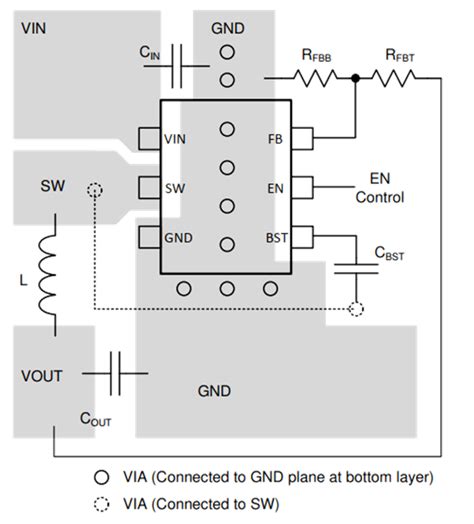
Future Trends in DC Controller Technology
As technological advancements continue to reshape various industries, the realm of DC controller technology is no exception. The future trends in DC controllers point towards an increased focus on smart integration and digitalization, paving the way for enhanced performance in PCB assembly. With the rise of the Internet of Things (IoT), we see a growing demand for intelligent controllers that can not only monitor but also optimize power management and efficiency in real-time. Innovations such as adaptive algorithms will enable these controllers to adjust their parameters dynamically, enhancing both response times and performance reliability. Another significant trend is the emphasis on miniaturization, leading to compact PCBAs that require less space while maintaining functionality. This miniaturization challenge will drive advancements in component selection, influencing how manufacturers approach PCBA design and assembly processes. In addition, incorporating environmentally friendly materials into these assemblies will become increasingly crucial, aligning with global sustainability goals. Overall, the future of DC controller technology holds exciting possibilities that promise to enhance both performance and reliability, giving manufacturers a competitive edge in an evolving market landscape.
Conclusion: Key Takeaways for Successful PCB Assembly
In summary, optimizing DC controller PCB assembly—commonly referred to as PCBA—is essential for achieving heightened performance and reliability. Key takeaways for successful PCB assembly include emphasizing design efficiency, which can streamline the overall production process and reduce potential errors. Another crucial aspect is the careful selection of components, as the right components can significantly enhance the functionality and longevity of the circuit. Furthermore, employing innovative manufacturing techniques contributes to minimizing defects and improving manufacturing yields. Adopting best practices in DC controller PCB assembly, such as regular testing and validation, ensures that every unit meets performance standards, thereby increasing overall reliability. As the technology continues to evolve, staying updated with future trends in DC controller applications will allow engineers to anticipate market demands and refine their assembly strategies. This holistic approach ultimately results in superior products that meet consumer expectations while advancing industry standards in electronic engineering.
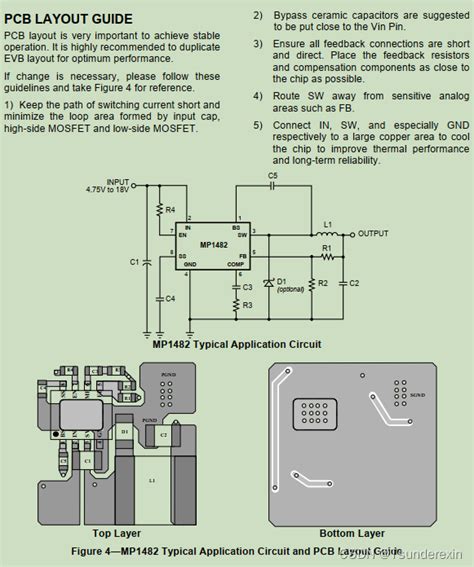
Conclusion: Key Takeaways for Successful PCB Assembly
In summary, optimizing DC controller PCB assembly is crucial for achieving enhanced performance and reliability in electronic devices. Throughout this article, we’ve examined the significance of design efficiency in the PCB assembly process, highlighting how thoughtful design choices can lead to streamlined manufacturing and lower costs. Furthermore, selecting the right components for your PCBA not only influences functionality but also impacts long-term durability and efficiency. The manufacturing techniques discussed, including surface mount technology and automated assembly processes, have been shown to optimize performance outcomes significantly. Adhering to best practices in DC controller PCB assembly, such as implementing thorough testing and validation strategies, ensures that the final product meets quality standards expected in today’s competitive market. Finally, as technology continues to evolve, keeping an eye on future trends in DC controller technology will empower engineers to create more advanced and reliable solutions for upcoming challenges in the industry.
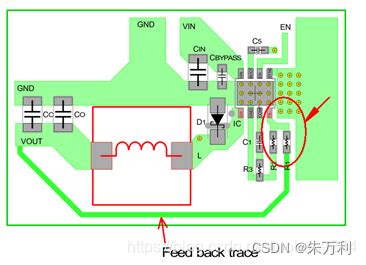
FAQs
What is DC controller PCB assembly?
DC controller PCB assembly refers to the process of creating printed circuit boards (PCBs) specifically designed for controlling direct current (DC) devices. This process includes the design layout, component placement, and soldering of electronic parts to ensure functionality.
Why is design efficiency important in PCB assembly?
Design efficiency in pcba increases the reliability and performance of the DC controller. A well-optimized design helps minimize space usage, reduce production costs, and enhance signal integrity. This leads to better overall performance in electronic applications.
How do I select the right components for a DC controller?
Choosing appropriate components involves considering factors such as voltage ratings, current capacity, thermal performance, and compatibility with other parts on the board. Ensuring that all components meet the specifications will lead to a successful PCB assembly outcome.
What manufacturing techniques enhance PCB assembly performance?
Techniques such as surface mount technology (SMT), through-hole technology, and automated soldering processes improve efficiency. These methods can speed up production times while ensuring high-quality connections between components.
What best practices should be observed during PCBA?
Adhering to best practices includes thorough documentation of designs, regular testing throughout the manufacturing process, and employing strict quality control measures. These practices will help identify any potential issues early in production.
How do I test and validate my DC controller PCBA?
Testing can involve both functional testing and thermal analysis to ensure that all components are performing as expected under varying conditions. Validation is crucial for confirming that the pcba meets its original specifications before deployment.


